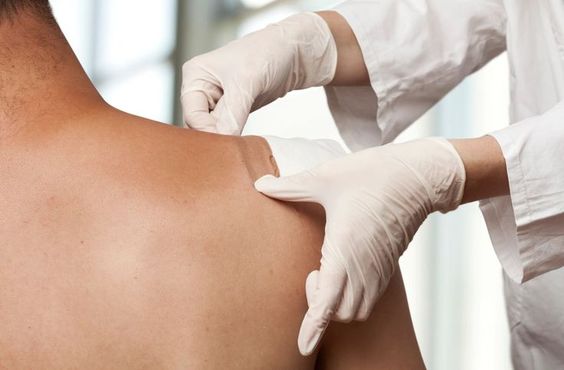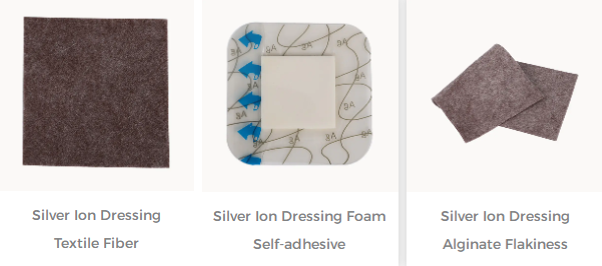When confronted with trauma or serious injury, debridement is a critical step in treatment. Debridement methods vary depending on the severity of the condition and the physician's experience and preference. The following is a comparison of the advantages and disadvantages of different debridement methods:
Traditional debridement: Traditional debridement involves clearing the tissue around the wound until fresh tissue is exposed. This method is usually suitable for minor injuries, such as skin abrasions or cuts. However, for severe injuries, traditional debridement may delay healing and make the wound more susceptible to infection. In addition, traditional debridement requires larger surgical incisions, thus increasing peri-wound inflammation and pain.
Modern debridement: Modern debridement is the addition of modern medical technology and materials on the basis of traditional debridement. Modern debridement can reduce the size of surgical incisions, shorten healing times, and reduce the risk of infection. Also, modern debridement uses absorbable sutures or other biomaterials rather than traditional removable sutures. These biomaterials promote faster wound healing and can be removed more easily in the future.
Functional Wound Dressing: A functional wound dressing is a specialized dressing made from biocompatible and bioactive materials. These dressings stimulate cell proliferation around the wound and promote wound healing. Biological dressings can be used on various types of wounds, including open wounds, burns, diabetic wounds, and more. Biological dressings promote faster wound healing and can reduce the size and pain of surgical incisions compared to traditional debridement.
Hyperbaric oxygen therapy: Hyperbaric oxygen therapy is a method of treating trauma and infection by inhaling oxygen at high pressure. Hyperbaric oxygen therapy can increase the oxygen content around the wound and promote cell metabolism and growth. Hyperbaric oxygen therapy is suitable for all types of wounds, including burns, diabetic wounds, and more. Compared with traditional debridement, hyperbaric oxygen therapy can reduce the size of the surgical incision, accelerate wound healing, and reduce the risk of infection.
Ultrasonic debridement: Ultrasonic debridement can accelerate wound healing in a short period of time, reducing hospitalization time and medical expenses. And it does not require surgery, which can reduce the pain of the patient and will not cause safety hazards to the patient. Suitable for open wounds, cuts, car accidents, etc. Overall, ultrasonic debridement is a promising new technique for wound treatment, but further research and validation are needed to confirm its efficacy and safety.
In general, the comparison of the advantages and disadvantages of different debridement methods shows that the selection of the appropriate debridement method depends on the severity of the disease, the experience and preference of the doctor, and the specific situation of the patient. In practice, doctors usually choose the most appropriate debridement method according to the patient's condition.
For more information on Innomed® Silver Ion Dressing, refer to the previous articles. If you have customized needs, you are welcome to contact us; we will serve you wholeheartedly. At Longterm Medical, we transform this data by innovating and developing products that make life easier for those who need loving care.
Editor: kiki Jia
Date: May 10, 2023

 English
English عربى
عربى Español
Español русский
русский 中文简体
中文简体








